Dances in Peru Tapestry: Unraveling the National and Regional Dances Across the Andean Highlands, Coastal Deserts, and Amazon Rainforest
Introduction:
Peru, a country renowned for its ancient civilizations, diverse landscapes, and rich cultural heritage, boasts a tapestry of traditional dances that reflect the nation’s history, indigenous roots, and multicultural influences. From the solemnity of the Marinera to the vibrant celebration of the Huayno, Peru’s national and regional dances are deeply intertwined with its identity. This exploration delves into the captivating world of Peruvian national and regional dances, unraveling their origins, characteristics, and cultural significance.
I. National Dances:
1.1 Marinera: The Elegant Courtship Dance of Peru
Marinera, often considered the national dance of Peru, is a graceful and elegant courtship dance that originated on the coastal plains. Rooted in African, Spanish, and indigenous influences, Marinera is a celebration of love and courtship. Dancers, dressed in colorful attire, engage in intricate footwork, twirl handkerchiefs, and display graceful movements that mimic the courting rituals of the coastal communities. Marinera is a visual spectacle that embodies the multicultural heritage of Peru.
1.2 Huayno: The Heartbeat of the Andean Highlands
Huayno, originating from the Andean highlands, is a traditional dance and music genre that has deep indigenous roots. Characterized by lively footwork and expressive hand movements, Huayno reflects the resilience of Andean culture. The dance often involves colorful costumes adorned with intricate embroidery, and the music is played using traditional instruments such as the charango, quena, and harp. Huayno is a powerful expression of the Andean identity, connecting communities through shared rhythms and traditions.
II. Regional Dances:
2.1 Scissors Dance (Danza de las Tijeras): Andean Ritual and Acrobatics
The Scissors Dance, also known as Danza de las Tijeras, is a traditional dance originating from the Andean highlands, particularly among the Quechua-speaking communities. It is characterized by intricate footwork, acrobatic movements, and the use of metal scissors by the dancers. The dance is often performed as part of ritualistic ceremonies, showcasing the dancers’ agility, strength, and spiritual connection to the Andean landscape.
2.2 Festejo: Afro-Peruvian Celebration and Rhythm
Festejo, with its roots in the Afro-Peruvian communities along the coastal regions, is a lively and celebratory dance that emerged during the colonial period. Influenced by African rhythms, Festejo is characterized by energetic footwork, hip movements, and the use of percussive instruments like the cajón (wooden box drum). The dance is a vibrant expression of Afro-Peruvian identity, celebrating resilience, community, and the fusion of cultural influences.
2.3 Lando: African Heritage in Coastal Peru
Lando, another dance with strong African roots, originated in the coastal regions of Peru, particularly in Lima. It is characterized by slow, sensual movements and is often performed in a close embrace. The dance serves as a cultural expression of Afro-Peruvian communities, celebrating their history, spirituality, and connection to the rhythms of the African diaspora. Lando has evolved into various styles, each reflective of the unique cultural elements of different coastal communities.
2.4 Wititi: Ritualistic Dance of the Colca Valley
Wititi, originating from the Colca Valley in the Andes, is a traditional dance with strong indigenous roots. It is performed during ritualistic ceremonies and celebrations, often depicting scenes from local folklore and mythology. The dance involves elaborate costumes, including vibrant masks and ponchos, and features synchronized footwork and movements that convey the narratives of the Colca Valley’s cultural heritage.
2.5 Shipibo Conibo Dance: Indigenous Expressions in the Amazon Rainforest
The Shipibo Conibo Dance is rooted in the indigenous cultures of the Amazon rainforest, particularly among the Shipibo and Conibo communities. This dance is a ceremonial and ritualistic expression, often performed during significant events or to invoke spiritual connections. The dance involves intricate hand movements, body painting, and rhythmic footwork, reflecting the symbiotic relationship between the indigenous people and the natural environment of the Amazon.
III. Characteristics of Peruvian Dances:
3.1 Cultural Fusion: A Tapestry of Influences
Peruvian dances are characterized by a rich tapestry of cultural influences, reflecting the country’s multicultural history. From the Afro-Peruvian rhythms in Festejo to the indigenous roots of Huayno, these dances serve as living expressions of the diverse influences that have shaped Peru’s cultural identity over centuries.
3.2 Colorful Costumes: A Visual Symphony
Traditional costumes play a pivotal role in Peruvian dances, contributing to the visual richness and cultural symbolism of the performances. From the vibrant dresses of Marinera to the intricately adorned attire of Huayno dancers, costumes serve as a visual symphony that celebrates the diversity of Peru’s regions and indigenous communities.
3.3 Ritualistic Elements: Connection to Spirituality
Many Peruvian dances retain ritualistic elements that connect them to spiritual practices and cultural traditions. The Scissors Dance’s performance during ritual ceremonies, the ceremonial Wititi dance, and the Shipibo Conibo Dance performed in spiritual contexts all highlight the integral role of these dances in expressing and preserving cultural spirituality.
3.4 Expressive Movements: Narratives in Motion
Peruvian dances are not just physical movements but narratives in motion. From the courtship story depicted in Marinera to the mythical tales conveyed in Wititi, each dance serves as a storytelling medium, preserving cultural narratives and passing down stories from generation to generation.
3.5 Diverse Rhythms: Echoes of the Land
The diverse geography of Peru is echoed in the rhythms of its dances. The coastal Festejo resonates with the sound of the ocean, the highland Huayno reverberates with mountainous echoes, and the Shipibo Conibo Dance harmonizes with the rhythms of the Amazon rainforest. The dances become auditory reflections of the varied landscapes that define Peru.
IV. Influences and Evolution:
4.1 Indigenous Heritage: Preserving Ancestral Traditions
Many Peruvian dances find their roots in indigenous traditions, serving as a means of preserving ancestral knowledge and cultural practices. Huayno, Wititi, and the Scissors Dance are prime examples of dances that have endured through generations, maintaining their indigenous character and contributing to the continuity of cultural heritage.
4.2 Afro-Peruvian Resilience: Cultural Endurance
Dances like Festejo and Lando stand as expressions of the resilience and endurance of Afro-Peruvian culture. Born during the challenging times of slavery and colonization, these dances have evolved into vibrant and celebratory expressions of identity, showcasing the strength and creativity of Afro-Peruvian communities.
4.3 Contemporary Expressions: Revitalizing Tradition
While rooted in tradition, Peruvian dances continue to evolve, adapting to contemporary contexts. Folkloric dance groups, cultural institutions, and artists contribute to the revitalization of traditional dances, ensuring their relevance and accessibility to new generations. Contemporary expressions often blend traditional elements with modern aesthetics, fostering a dynamic and living dance tradition.
V. Conclusion:
Peru’s national and regional dances form a dynamic and diverse tapestry that reflects the country’s rich cultural heritage, geographical diversity, and historical journey. From the elegant courtship of Marinera to the ritualistic expressions of the Scissors Dance and the vibrant celebration of Festejo, each dance encapsulates a unique facet of Peru’s identity.
As Peru continues to evolve, its dances adapt to changing times while holding steadfast to the roots embedded in centuries-old traditions. The dance tapestry of Peru is a testament to the resilience of its indigenous, Afro-Peruvian, and multicultural influences, inviting people to explore the stories, rhythms, and cultural expressions that define the nation. Through each movement, costume, and beat, Peru’s dances endure as living expressions of a rich and diverse cultural legacy, inviting the world to join in the celebration of its vibrant dance tapestry.


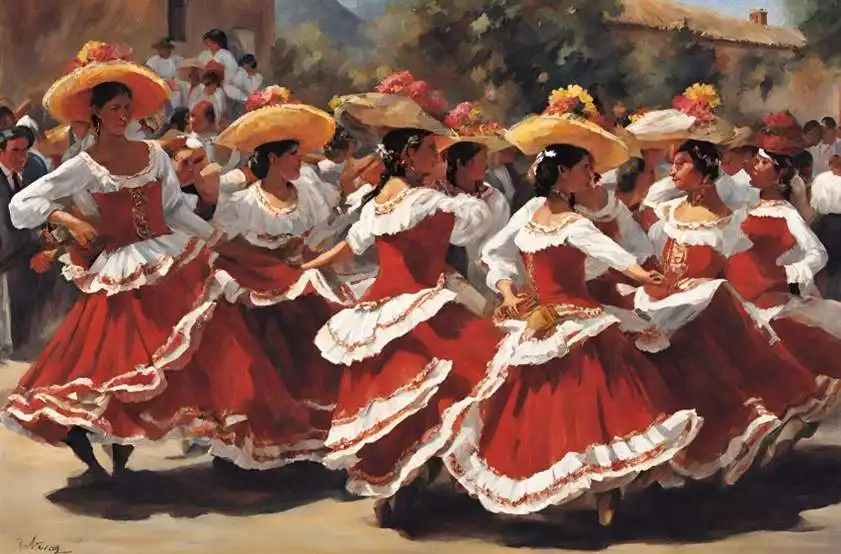
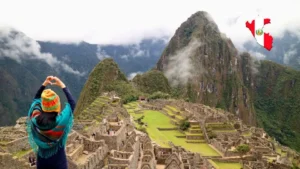
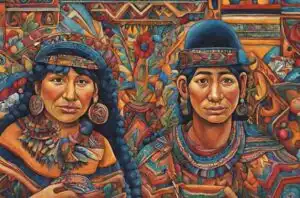
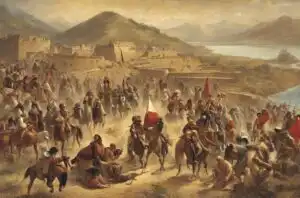


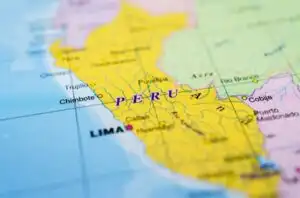
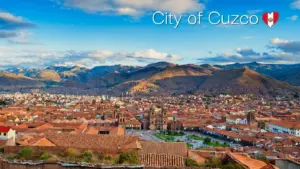
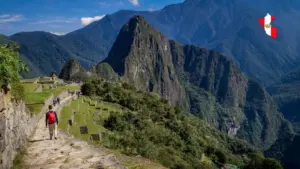
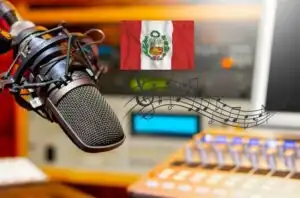
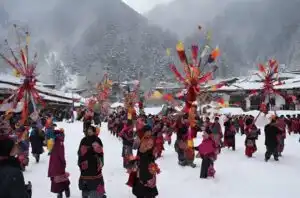
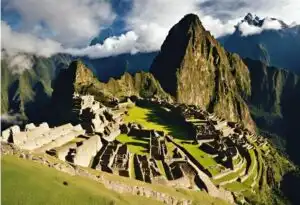
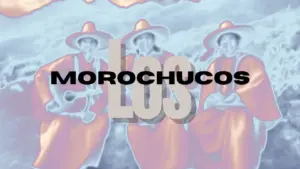
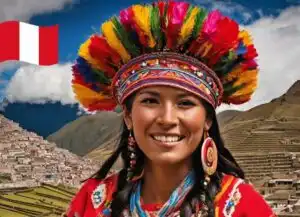
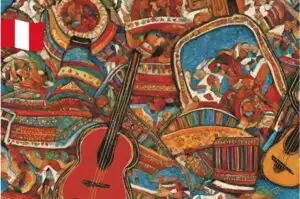
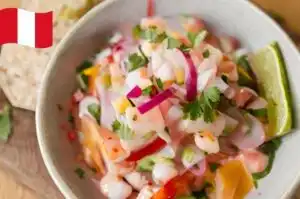
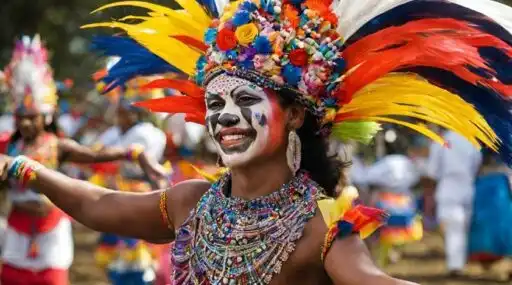

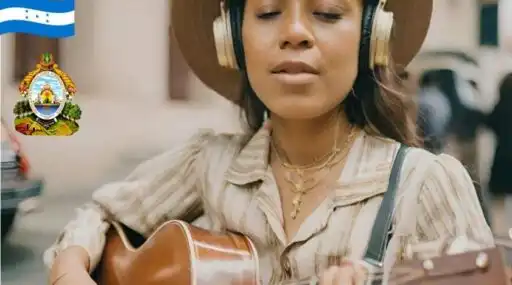
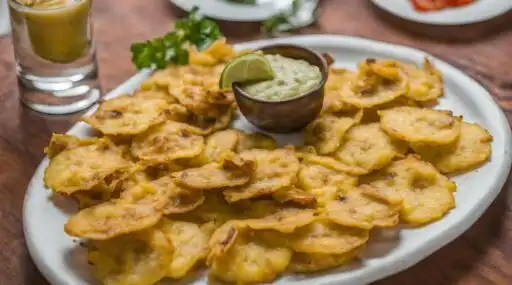
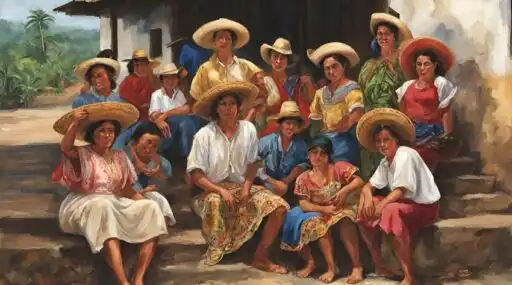
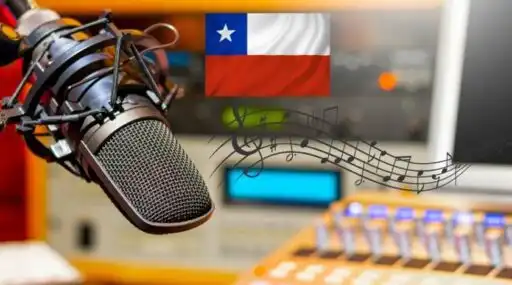


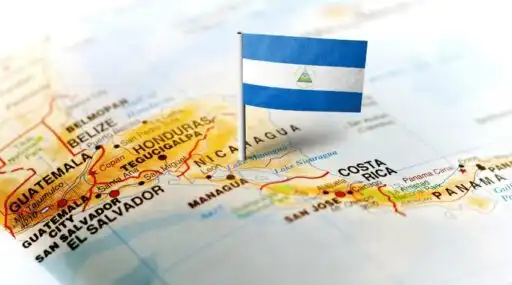


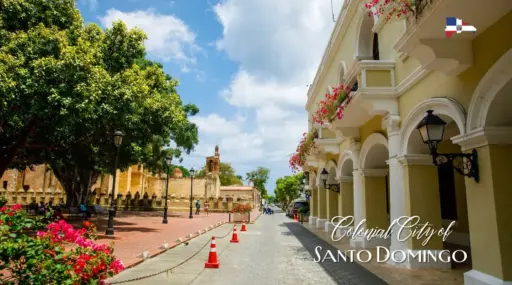
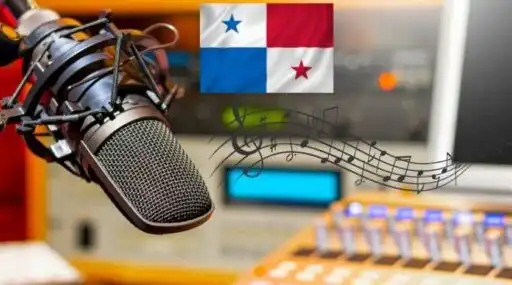
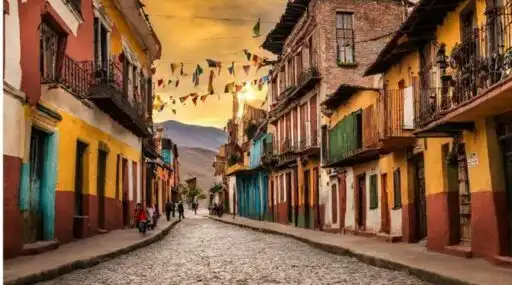
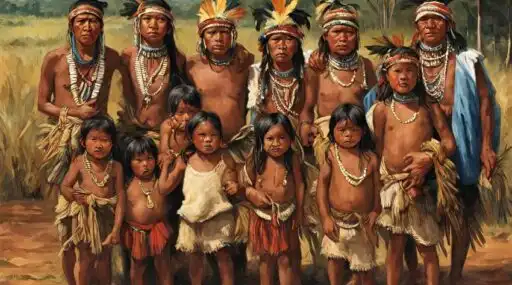
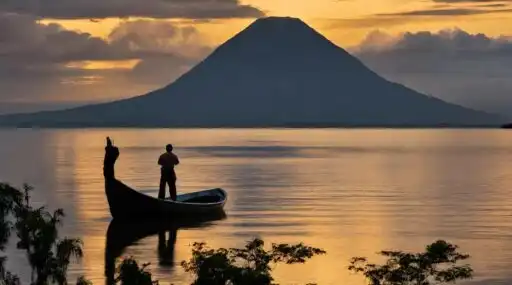
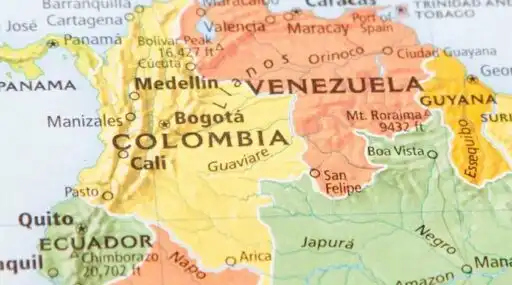

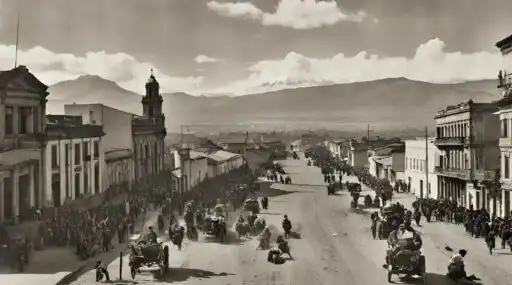
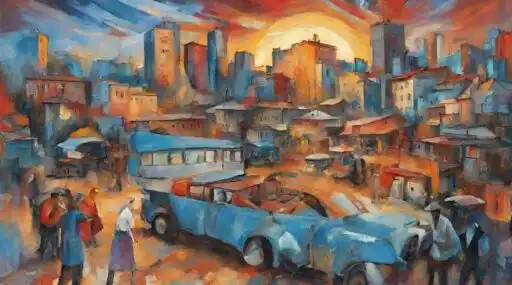
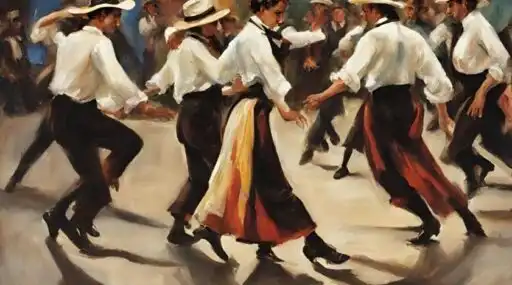
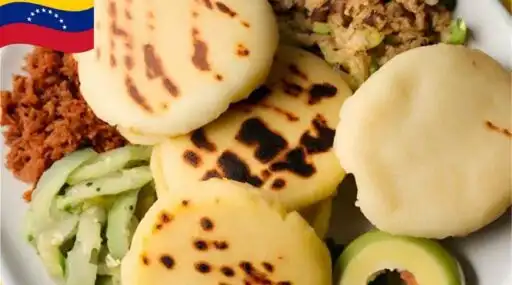
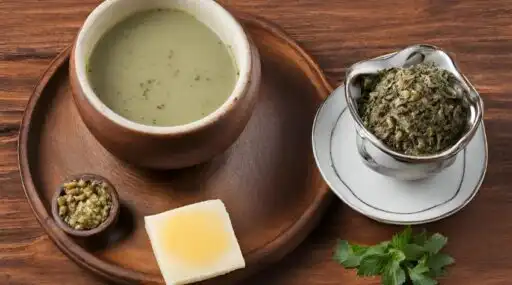
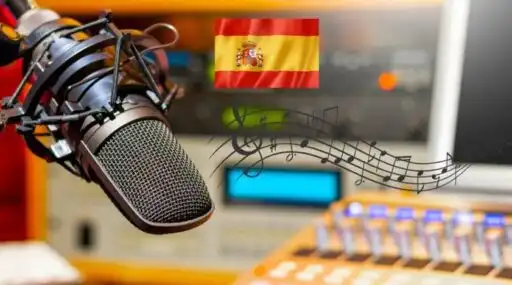
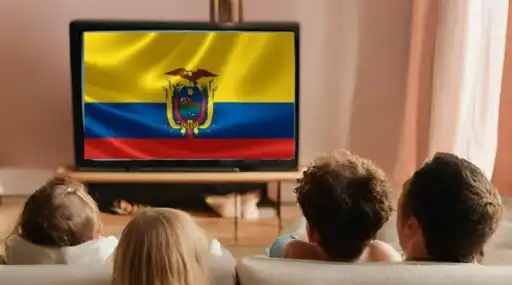
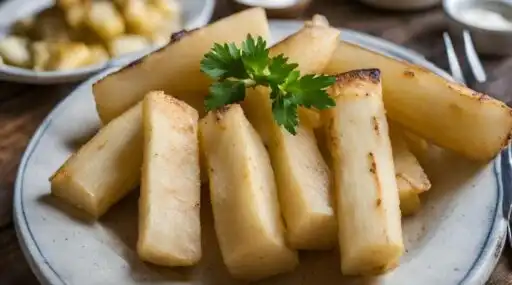
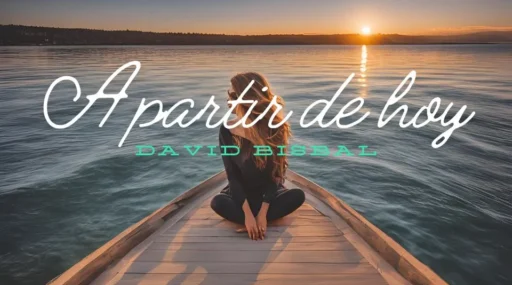


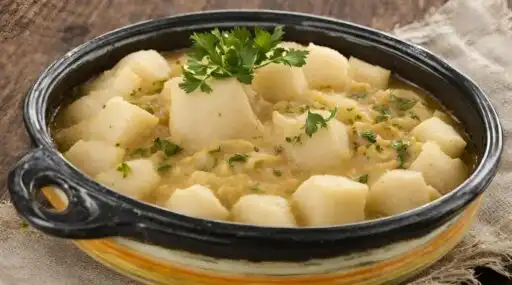
Leave a Reply